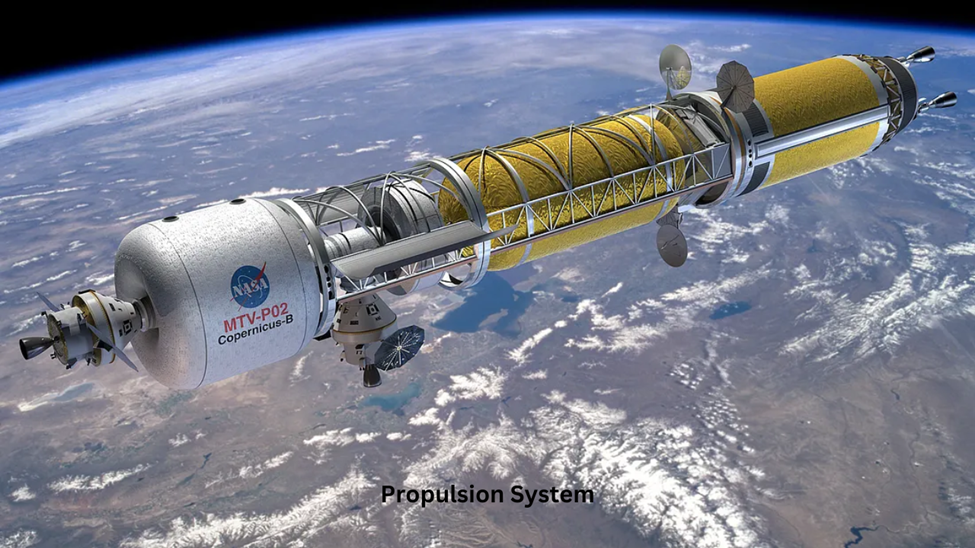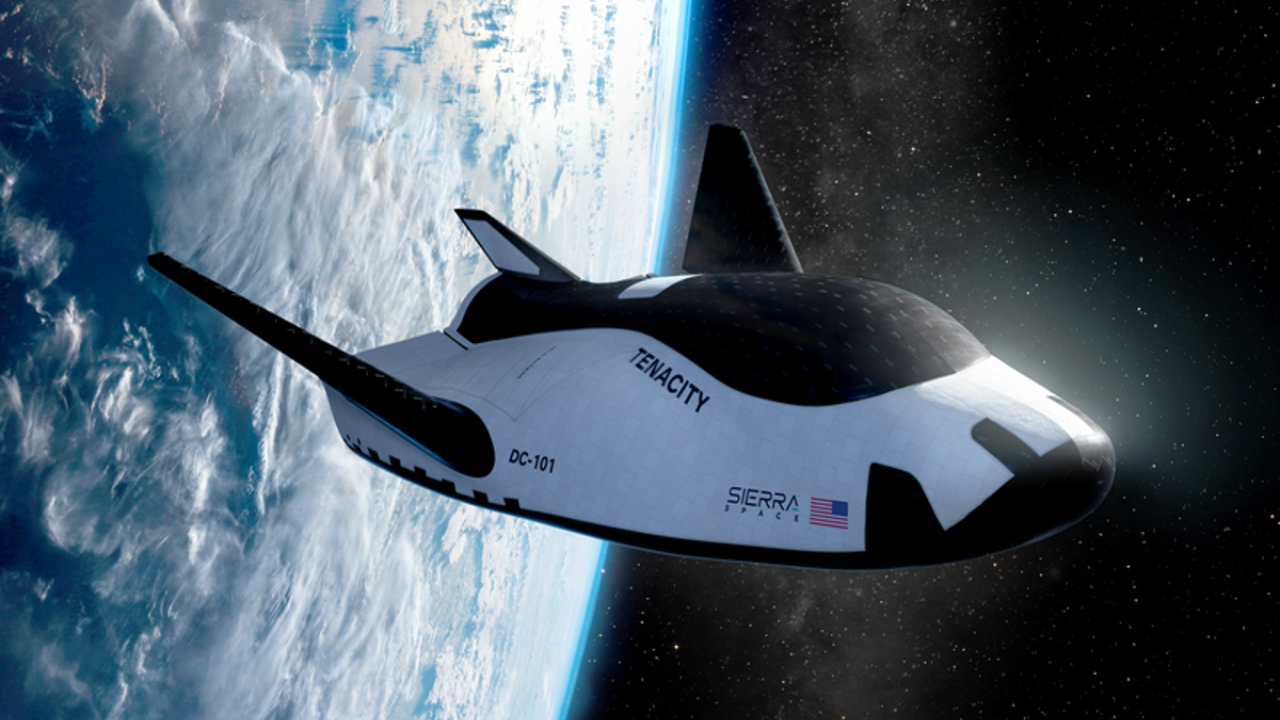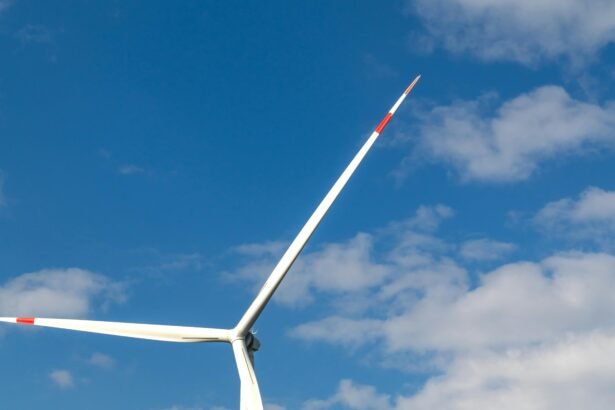The boundless expanse of space, once a distant dream, is now a bustling domain with thousands of satellites orbiting Earth, alongside ambitious missions to the Moon and Mars. This increasing activity, however, brings with it a growing concern: space safety. To navigate this congested environment and explore farther afield, spacecraft agility has become paramount, transforming how missions are planned and executed. The advancements in spacecraft agility and safety are intrinsically linked, with cutting-edge tech driving both the ability to maneuver rapidly and the imperative to protect valuable assets and human lives.

Understanding Spacecraft Agility: How it Works
Spacecraft agility refers to a spacecraft's ability to rapidly and precisely change its orientation (attitude) or trajectory in space. This is not just about raw speed but about responsiveness, control, and efficiency. How spacecraft agility works is primarily through sophisticated attitude control systems (ACS) and propulsion systems:
1. Attitude Control Systems (ACS)
These are the core of spacecraft agility. They use various actuators to impart torque on the spacecraft, changing its orientation.
2. Reaction Wheels/Momentum Wheels
These spinning wheels within the spacecraft generate torque by changing their rotational speed. As the wheel spins faster in one direction, the spacecraft rotates in the opposite direction due to conservation of angular momentum. They are highly precise for fine attitude adjustments.
3. Control Moment Gyroscopes (CMGs)
More powerful than reaction wheels, CMGs use a spinning rotor mounted on gimbals that can change its orientation. This allows for larger and faster torque generation, crucial for highly agile spacecraft like Earth observation satellites that need to quickly point at specific targets.

4. Thrusters
Small rocket engines, often using cold gas or chemical propellants, provide rapid bursts of force for larger attitude changes or translational maneuvers (changing position). While effective, they consume propellant, limiting their use.
5. Propulsion Systems for Trajectory Changes
For significant orbital changes or evasive maneuvers, more powerful propulsion systems are needed. While chemical rockets provide bursts of high thrust, advancements in electric propulsion (ion thrusters, Hall effect thrusters) offer continuous, low-thrust propulsion over long durations, enabling more fuel-efficient and precise orbital adjustments. These are crucial for spacecraft that need to perform many small maneuvers over their lifespan.

Advancements in Spacecraft Agility and Safety
The pursuit of greater spacecraft agility is directly contributing to enhanced space safety, enabling missions to adapt to dynamic environments and avoid hazards.
1. Autonomous Navigation and Collision Avoidance
One of the most critical advancements in spacecraft agility and safety is the development of autonomous systems. With the increasing number of objects in orbit, the risk of collisions with space debris or other active satellites is a growing concern. Future spacecraft are being equipped with AI-powered systems that can:
- Detect and Track: Utilize advanced sensors to detect and precisely track thousands of objects in orbit.
- Predict Collisions: Accurately predict potential collision courses.
2. Autonomous Maneuvering
Execute evasive maneuvers autonomously without human intervention, which is crucial for rapid response and for spacecraft on deep-space missions where communication delays are significant. This represents a huge leap in space technology.
3. Onboard Intelligence and Fault Tolerance
Future spacecraft will have greater onboard intelligence, allowing them to detect and diagnose anomalies, reconfigure systems, and even perform self-repair. This increases the resilience and safety of the spacecraft, reducing the need for ground control intervention and preventing minor issues from escalating into mission-ending failures. This intelligence is a key aspect of how spacecraft agility works in a smart system.
4. Resilient Communications and Cyber Security
As spacecraft become more autonomous and interconnected, secure and resilient communication links are vital for both operational control and space safety. Advancements in spacecraft agility and safety include quantum communication technologies and enhanced encryption to prevent cyberattacks that could compromise a spacecraft's ability to maneuver or its safety systems.
5. In-Orbit Servicing and Debris Removal
A major area of space technology development directly impacting space safety is the ability to service, refuel, and even de-orbit satellites in space. Companies like Astroscale and ClearSpace (as seen in recent spacecraft safety news) are developing spacecraft specifically designed to rendezvous with defunct satellites or larger pieces of debris, capture them, and either repair them, refuel them, or safely de-orbit them to burn up in the atmosphere. This active debris removal is critical for maintaining a sustainable space environment and is a significant space safety innovation.

6. Standardization and Space Traffic Management (STM)
International collaboration is key to space safety. Efforts are underway to standardize spacecraft design features (e.g., grappling fixtures for servicing), develop common data formats for sharing orbital information, and establish global rules for space traffic management. Organizations like NASA, along with national agencies in the US and UK space safety sectors, are actively involved in developing these frameworks.
Space Safety: A Global Imperative
The concept of space safety extends beyond collision avoidance. It encompasses:

1. Protection from Space Weather
Solar flares and geomagnetic storms can damage spacecraft electronics and pose risks to astronauts. Advanced warning systems and resilient spacecraft designs are crucial.
2. Re-entry Safety
Ensuring that decommissioned spacecraft re-enter Earth's atmosphere safely, without posing a risk to populated areas. This involves controlled de-orbiting and designing spacecraft to burn up completely upon re-entry.
3. Launch and Landing Safety
Reducing the risks associated with rocket launches and landings, both for personnel and for the public. This involves stringent safety protocols and robust tracking systems.
4. Ethical Considerations
As space becomes more accessible, ethical considerations regarding debris, resource utilization, and potential future conflicts become paramount. Space safety discussions increasingly involve international legal and policy frameworks.
US and UK Space Safety Initiatives
Both the US and UK space safety sectors are proactive in addressing these challenges:
NASA (US) has extensive initiatives in space safety, focusing on risk management, reliability analysis, and the development of advanced safety systems for both human spaceflight (like the Artemis program) and robotic missions. NASA also plays a significant role in space situational awareness, tracking orbital debris and issuing collision warnings. Their Safety & Mission Assurance (S&MA) office is dedicated to ensuring rigorous safety standards across all agency programs.
The UK space safety efforts are spearheaded by the UK Civil Aviation Authority (CAA), which regulates spaceflight activities. The UK has passed the Space Industry Act 2018, establishing a comprehensive regulatory framework for safe space operations, including licensing for launches, spaceports, and range control services. This framework emphasizes safety cases, risk assessment, and emergency response planning, contributing to the global push for secure space activities.
Finding Spacecraft Safety News and Equipment
To find spacecraft safety news and explore related tech, look to:

- Official Agency Websites: NASA, ESA, UK Space Agency, JAXA for official reports and news.
- Aerospace News Outlets: SpaceNews, Space.com, Aviation Week, Ars Technica's space section.
- Industry Conferences: Events like the Space Symposium, IAC, and specialized workshops often feature discussions on spacecraft agility and space safety.
- Research Papers: Academic journals focusing on aerospace engineering, astrodynamics, and space policy.
Buy Space Safety Equipment

Regarding buy space safety equipment, for commercial or institutional use, this would involve specialized aerospace suppliers for components like advanced sensors, collision warning systems, attitude control actuators (e.g., CMGs from Airbus, as highlighted in spacecraft safety news), propulsion systems, and software solutions for autonomous operations. For individuals, space safety equipment would refer more broadly to educational materials or simulations about orbital mechanics and collision avoidance.
Conclusion
In essence, advancements in spacecraft agility and safety are not just about pushing technological boundaries; they are about fostering a sustainable and accessible future for all space endeavors, ensuring that humanity's reach beyond Earth is both ambitious and secure. The intricate dance between spacecraft agility and robust space safety is defining the next era of space technology.









